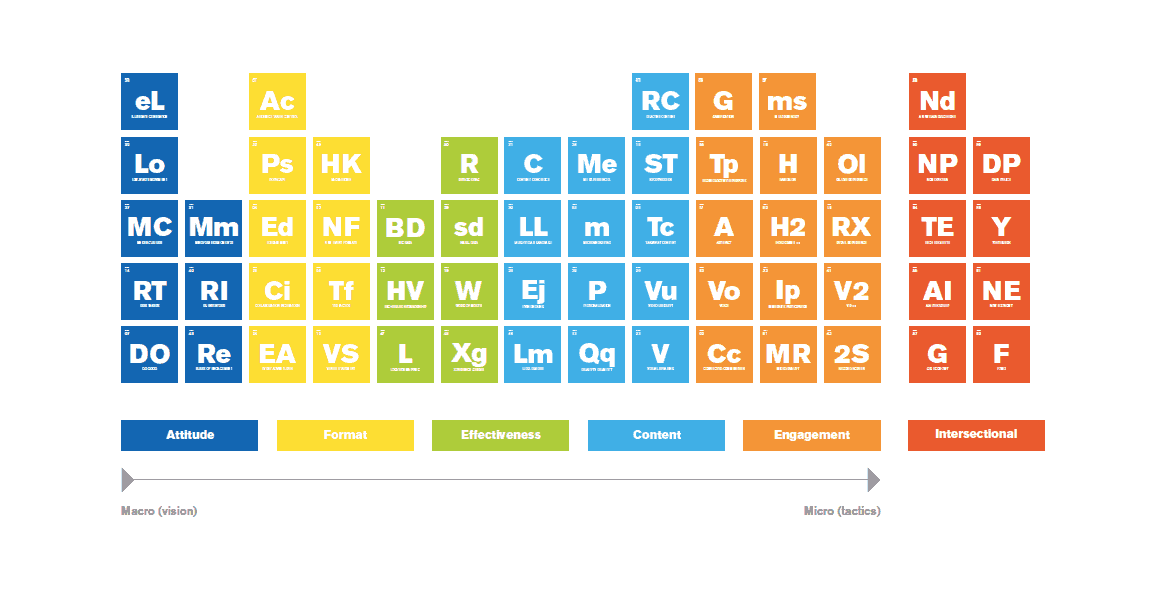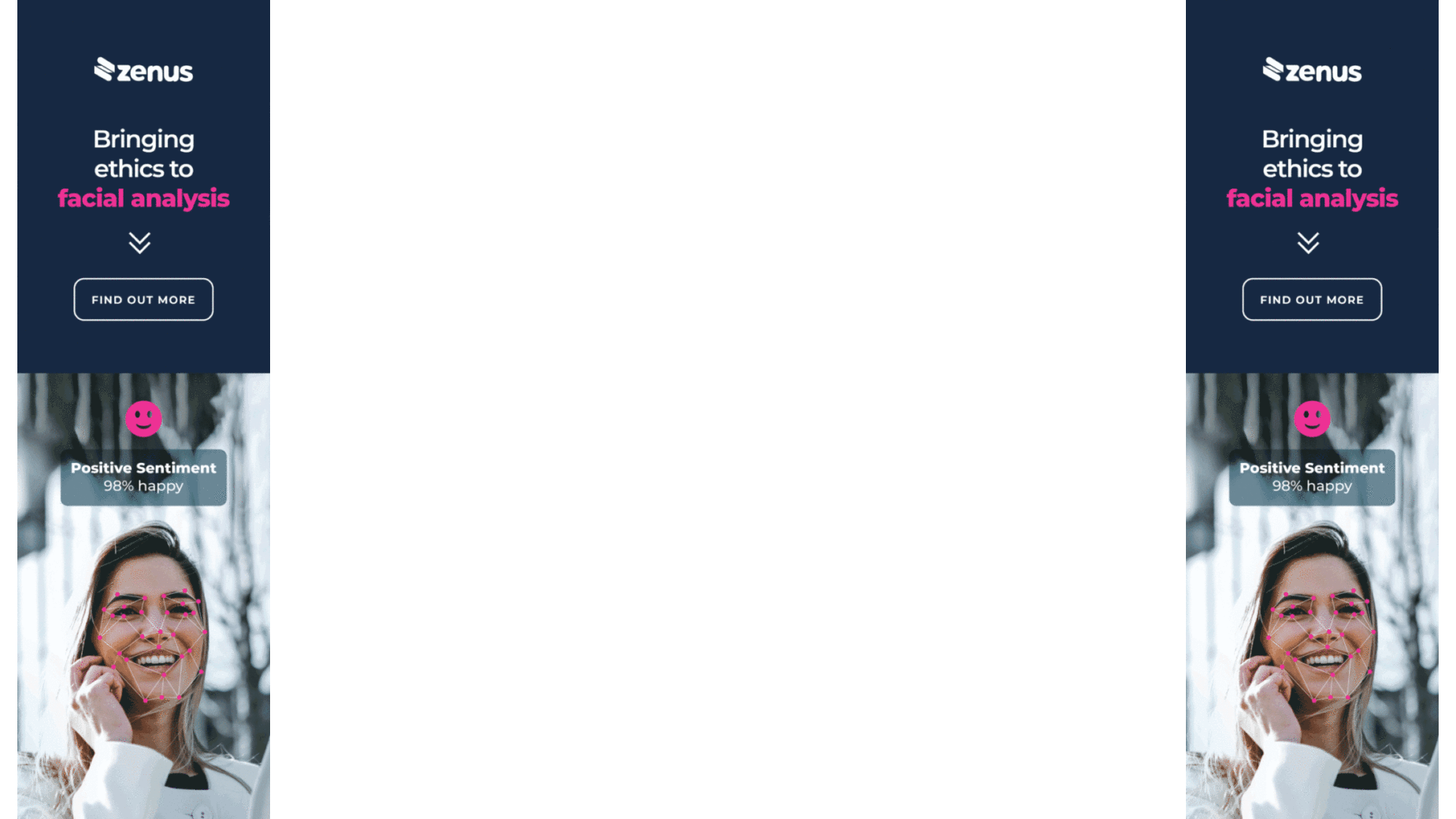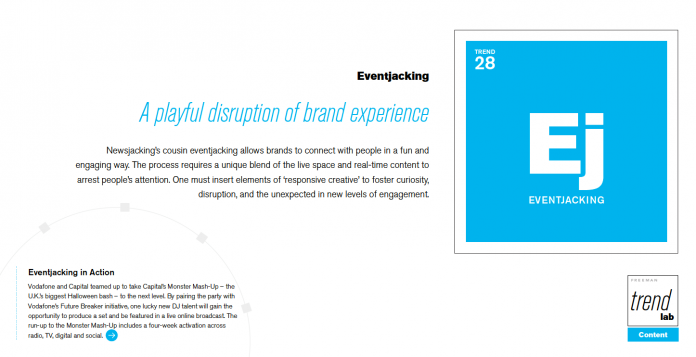By Jordan Waid, VP, Brand Experience, FreemanXP
Freeman re-launched the Trend Lab earlier this year, an insight incubator that has been designed to address the challenges of an ever-changing world. To celebrate, we’re delving into a new trend each week, coupled with some real world examples.
A pulse on newsjacking or ‘culturejacking’
‘Responsive creative’ is a disruptive tactic that captures peoples’ attention. Newsjacking capitalises on a quick response to a fresh piece of news or a new trend. It works well for brands that are in tune with the world around them — they identify and embrace relevant cultural phenomenon to get their target audiences talking about them and drive engagement.
We remember when Ikea did this, by responding to the release of a £1,365 Balenciaga handbag that looked remarkably similar to its 40p Frakta shopping bag. The retailer chose to ride the newsjacking wave by creating its own content — spanning various channels — that recognised the likeness of the two bags in a humorous, playful way. The result? Extensive press coverage and positive audience engagement.
More recently, the Super Bowl did it again, this time not with the memorable Oreo ‘dunk in the dark’ tweet, where the brand responded to a blackout at the 2013 final… In 2018 it was laundry detergent brand Tide who eventjacked all of the commercials that aired during the game with its brilliant “it must be a Tide ad” campaign. This was a stroke of genius as it parodied all of the Super Bowl ads in a pastiche that highlighted the people who featured in them were all wearing clean clothes — the brand noted that this must mean they have all used Tide detergent. Watching these commercials was as entertaining as the Super Bowl itself: an event within an event.
Eventjacking is the cousin to newsjacking. It’s the live equivalent, where brands can connect with people in a fun and engaging way, by capitalising on trends and curating elements of curiosity, disruption and the unexpected to quickly respond to and leverage what is happening in a real world environment.

The formula for a successful eventjack
The big question is, does this approach help a brand? The answer is yes. It’s clear that eventjacking is an incredibly relevant — and effective — trend for marketers to embrace. And as brand experience becomes an increasingly important part of the overall marketing mix, it got me thinking about how the practice can play out further in the live event space.
Eventjacking allows brands to connect with people in new ways, however the process does require a unique understanding of the live event space. Marketers can never really predict when a timely, relevant piece of news that they can eventjack will arise. Instead we must take the approach that brands like Tide have done, and capitalise on cultural trends that can impact the experience.
Brands and their agencies can even apply this approach to their own events, and at the Halloween-themed event series, Capital’s Monster Mash-Up with Vodafone, we did just that. Here our team created hooded, ominous characters such as ‘the phantom’ and ‘the druid,’ released them across various channels in the lead up to the events, and the real life characters added an extra element of surprise by greeting everyone upon entry, interacting with them throughout the night and performing choreographed routines on stage.
This process of eventjacking proved successful because by carefully and strategically inserting these figures into the event matrix, we capitalised not on news but on the element of ‘responsive creative’. Their presence created fantastic moments for shareable selfies and video for channels such as Instagram and Twitter, making way for a new type of news sharing altogether.
There are no hard and fast rules for eventjacking, just so long as the activity is inspired by some sort of cultural angle or trend, and doesn’t come across as contrived or forced. When executed effectively, eventjacking is a trend that that can be embraced to drive engagement and interest at your brand experiences and events, whether it’s an internal conference or trade show, right through to a consumer-facing activation.
 By Jordan Waid, VP, Experience Design International
By Jordan Waid, VP, Experience Design International
Jordan’s passion lies in creating compelling stories and satisfying the need to invent everything new scenarios, new concepts, new rules, and new ways of thinking.
His unique background of architecture, digital media, and film allows him to constantly challenge experiential communication models with fresh ideas that engage at all levels for some of the biggest brands on the planet. An inspired thought leader, Jordan’s creative vision, insight, and conceptual thinking starts and ends with a user-centric approach.
It is Jordan’s job to diagnose the brand, the brief, the challenge, the goal, and with that identify the right channel; be it a TV commercial, a VIP party, a brand experience, a film, a book, a website, viral campaign, or something not yet invented. His ability to hone in on specific messaging and concepts, and then build interest and intrigue around brand experiences, causes the experiences he architects to not only become socially shared, but to amplify and reach audiences that scale up well into the millions.










